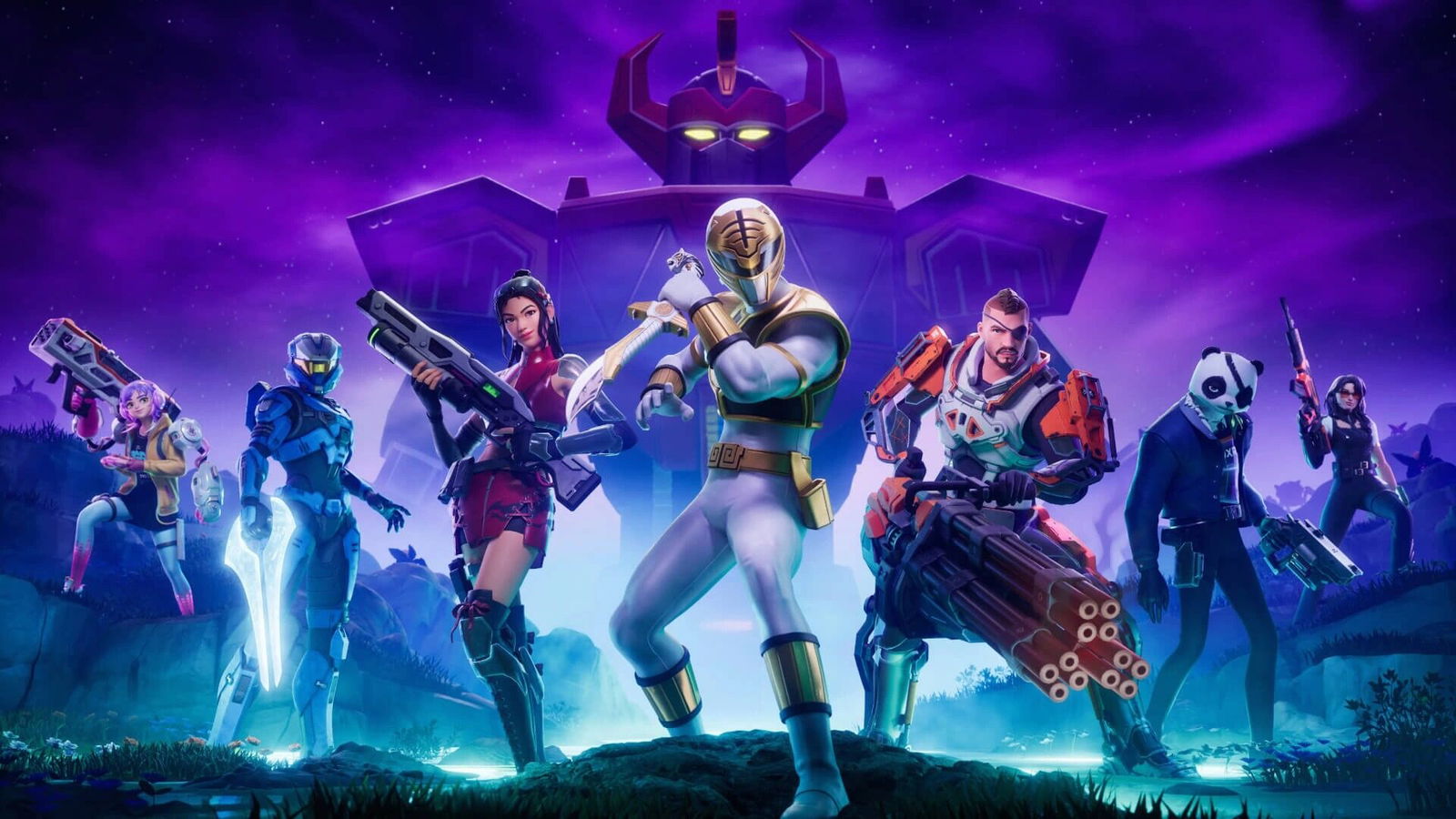Millions of players were suddenly taken offline from their beloved games this week in the wake of a huge outage at Amazon Web Services (AWS). The outage, which began in the company’s US-East-1 region, took down online behemoths such as Fortnite, Battlefield 6, Roblox, and even the Epic Games Store.
The issue persisted for a few hours and crippled authentication systems, matchmaking servers, and cloud storage. Some players were left stranded on loading screens; others weren’t able to play content bought. Engineers scrambled to address communities as Amazon engineers scrambled to restore normal service.
It was a stark reminder of just how dependent gaming is today on cloud technology. Studios rely on AWS not only for multiplayer servers but also analytics, file storage, and live-event delivery. The same infrastructure underpins much of the digital world — from streaming platforms to ecommerce to entertainment services such as a UK online casino network that depends on constant uptime to serve users around the clock. When AWS falters, the consequences are immediate and far-reaching.
Dependence by Design

Over the last decade, cloud computing has been the backbone of gaming today. Publishers approached providers like Amazon, Google, and Microsoft to cut costs on hardware and expand abroad without building their own data centres. That flexibility has, however, created a single point of failure.
When AWS fails, scores of games crash along with it. Even large studios have limited choice; they do not own the underlying physical machinery their games run on. Amazon attributed this week’s outage to a configuration mistake in its networking layer. Engineers isolated the issue, but healing took time as cascade-dependent services passed through the system.
Competitive games like Fortnite or Apex Legends are constructed around compressed windows for events and timed games. Every hour offline disrupts that rhythm. The industry has responded by widening event windows and distributing in-game compensation to compensate for lost time — indulgences that acknowledge the frustration and sensitivity of always-online play.
The Cost of Downtime

To publishers, cloud reliability is not just a technical challenge; it’s an economic one. One day of lost availability for a large live-service game translates into hundreds of thousands of dollars of lost transaction and player engagement. Small studios, especially those that run on constrained budgets or single-region servers, are hurt by reputational damage that lasts several months.
The blackout also resurrected debate regarding redundancy. There are companies shifting to multi-cloud strategies, splitting services between AWS, Azure, and Google Cloud to prevent full shutdowns. Others opt for hybrid models, running mission-critical functions on in-house servers but holding scalable functionality in reserve in the cloud. Both are pricier but offer assurance.
Cloud gaming services, which stream entire libraries rather than single games, are particularly at risk. A server failure in one location can immediately lose thousands of paying subscribers. The incident underlined how precarious that ease of access is, even while marketing promises continuous play anywhere, anytime.
Seeking Stability

Amazon agreed to review the network setup and produce a thorough post-mortem report of the downtime. Amazon has been highly dependable throughout the years, but each failure eats away at industry faith. As studios move further into the live-service model, the expectation of 24/7 uptime becomes literally impossible to maintain.
The incident will not change the course of cloud adoption, but it adds weight to the increasing debate regarding risk. When games are to be persistent services rather than immutable products, developers will have to begin to think more like infrastructure managers — designing for availability, redundancy, and disaster recovery as part of the process.
For the players. The blackout was annoying. For the industry, though, it was a wake-up call. The more gaming comes into the cloud, the more it inherits the cloud’s frailties. Even in 2025, the world’s most advanced entertainment platform still depends on as transient an apparatus as a single server. When that breaks, the rest does.



